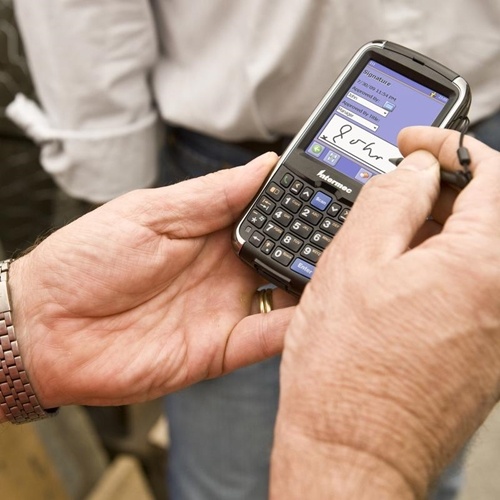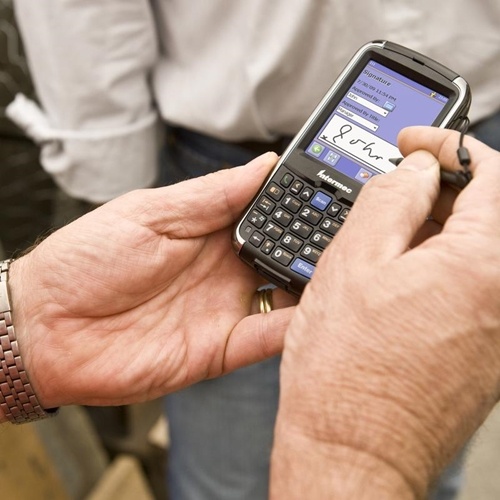
When a company takes its products online, it means the entire organization’s infrastructure has to adapt to the new sales channels. Any time a business makes a choice that could affect its supply chain logistics management, business leaders have to take a second look at the warehouse.
Are inventory management workers trying to overcome new challenges with old assets? E-commerce orders are often smaller and more frequent, warehouses may have to be segmented by sales channel, online consumer interactions can provide useful business data; any of these factors should prompt companies to explore smarter data information solutions. A faster, leaner e-commerce supply chain may be just the spark a company needs to finally implement mobile data collection devices.
Where to Start With Technology
If customers place orders using laptops and smartphones but warehouse workers count inventory using paper and pencil, there’s a serious problem. Consumers are more informed than ever. Companies have to possess similar business assets to collect, manage and analyze the information as shoppers use to make purchases and research businesses.
At the very least, Inbound Logistics said warehouses can speed up data collection processes by implementing a barcoding system. Employees can use barcode software and scanners to capture information from inventory labels and deliver the details to a central solution.
Most organizations, however, want their inventory employees to do more than collect data. Warehouse management needs solutions that put business intelligence processes and information visualization in the aisles of the stockroom.
Mobile Solutions for a Faster Supply Chain
If a business expands into e-commerce, it will already have a lot of new challenges on its plate. Companies don’t want innovative solutions that cause more problems than they solve. PCWorld suggested a primary benefit of using automated data collection solutions that work with mobile devices is employees can use their own phones and tablets to accomplish tasks.
When workers perform inventory counts on the technology they use at home, they’re working with mobile data collection devices they choose themselves. This can eliminate the common causes of miscounts, repetition, and other data errors. Working with popular computing assets also speeds up daily activities and training times. There’s no need to use business-specific devices when consumer options provide the same – if not better – functionality.
These mobile devices not only collect inventory information through scans, pictures and digital inputs, they display answers for users. Warehouse workers can look at information pouring in from consumers, suppliers, and other business departments when preparing orders or performing counts.
New Mobile Technology Designed for Enterprise
A company doesn’t have to throw out its barcode system when it implements software that works with mobile data collection devices, because modern smartphones can collect information from barcode tags. If an eCommerce company wants a new solution for its expanded supply chain, it should explore all of the possibilities recent technology provides.
UPS has brought wearable technology into its daily fulfillment and inventory handling procedures. ERP software is now available through glasses, watches, and voice picking assets. UPS delivery drivers and stockroom workers can prep orders while listening to information from managers, communicating item movement with hands-free technology, and collecting data for real-time customer supervision. A person who ships with the company knows exactly where their package is and when they can expect the final step in the supply chain.
If warehouse management wants a new automated data collection solution to stay ahead of e-commerce needs, it should also consider other challenges. Voice picking may improve safety concerns for forklift drivers and mobile business intelligence may influence efficient warehouse layouts. A single factor may incite change, but mobile inventory technology solutions don’t have to be singularly focused.
LEARN MORE: Hardware 101: A Definitive Crash Course in Enterprise Mobility »






